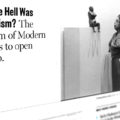“11 October 1908, having worked for six years at my international magazine Poesia, in an attempt to free the Italian lyrical genius that was under sentence of death from its traditional and commercial fetters, I suddenly felt that articles, poetry and controversies were no longer enough. It was absolutely crucial to switch methods, get out into the streets, lay siege to theaters, and introduce the fisticuffs into the artistic struggle ••• My Italian blood raced faster when my lips coined out loud the word FUTURISM.”
—Filippo Tommaso Marinetti (1876–1944)
Wat is Futurism?
The Futurist Art Movement thrived between the 1910s and 1920s, starting in and with its highest popularity in Italy.
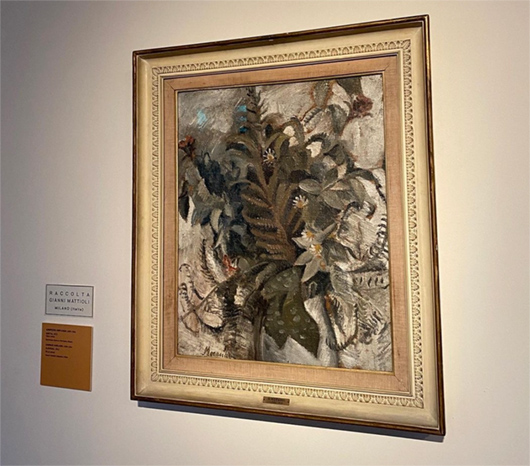
In the early 20th century, ideological creator Filippo Tommaso (F.T.) Marinetti was one of the biggest promoters of change in art.
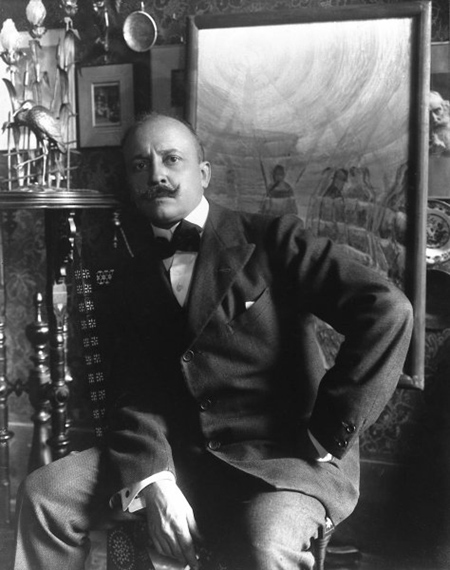
In his mind, the world around was changing furiously fast and it was not acceptable to keep the cultural traditions of the past.
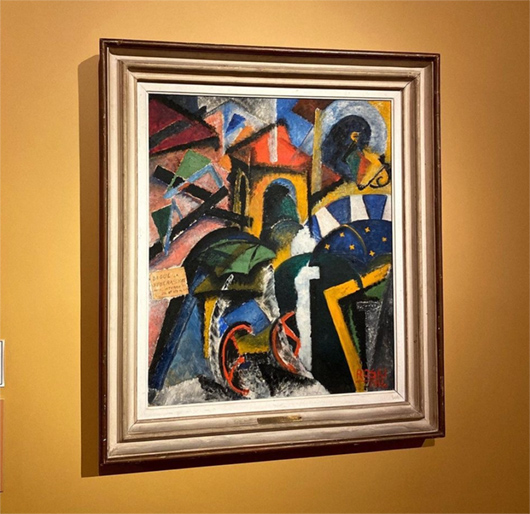
His ideas were radical; soon, as a poet, he announced in his manifesto:
True art was about the future and all of the old must be destroyed!
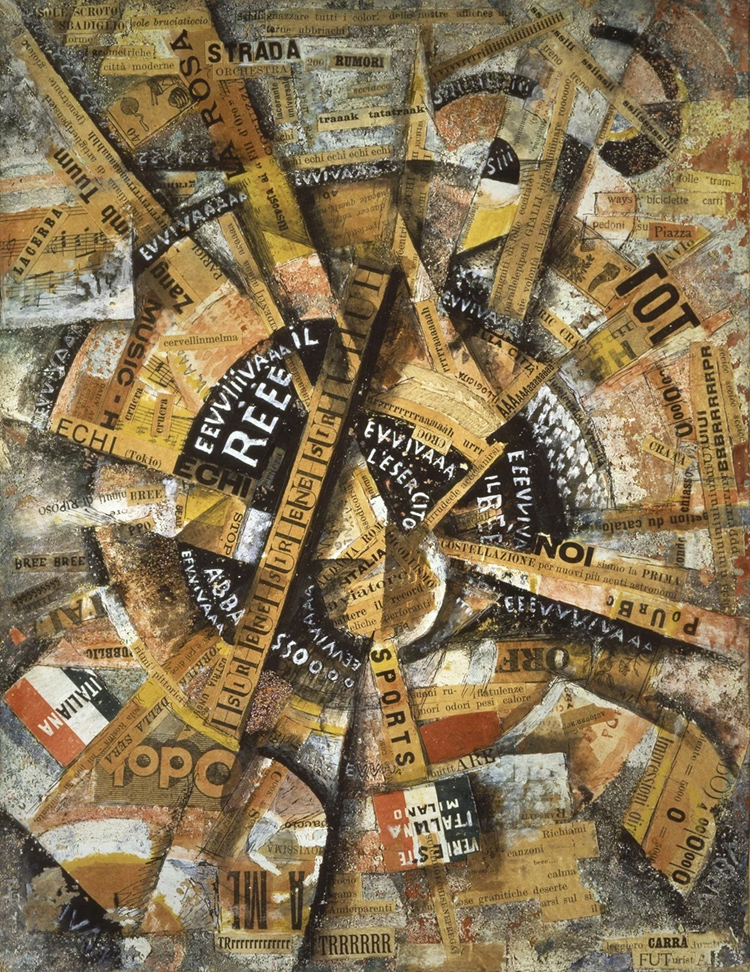
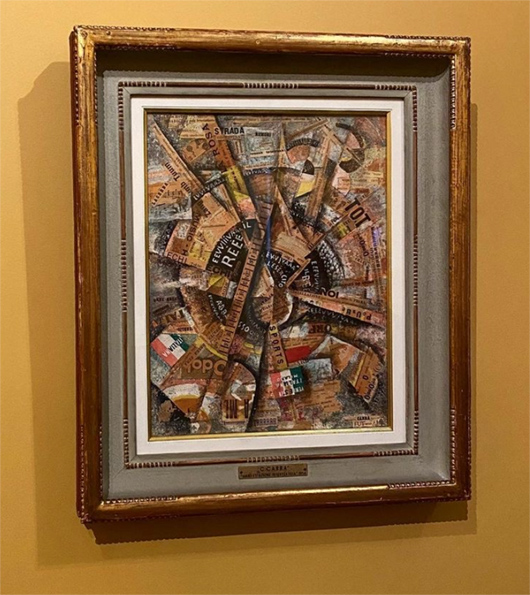
“Art, in fact, can be nothing but violence, cruelty and injustice.”
—F.T. Marinetti
Futurism was not just a metaphor of fast industrial progress; no, Marinetti was quite literal – he preached for burning the museums and erasing the classical culture of his homeland (once the capital of the Roman Empire), including the masterpieces of the Renaissance.
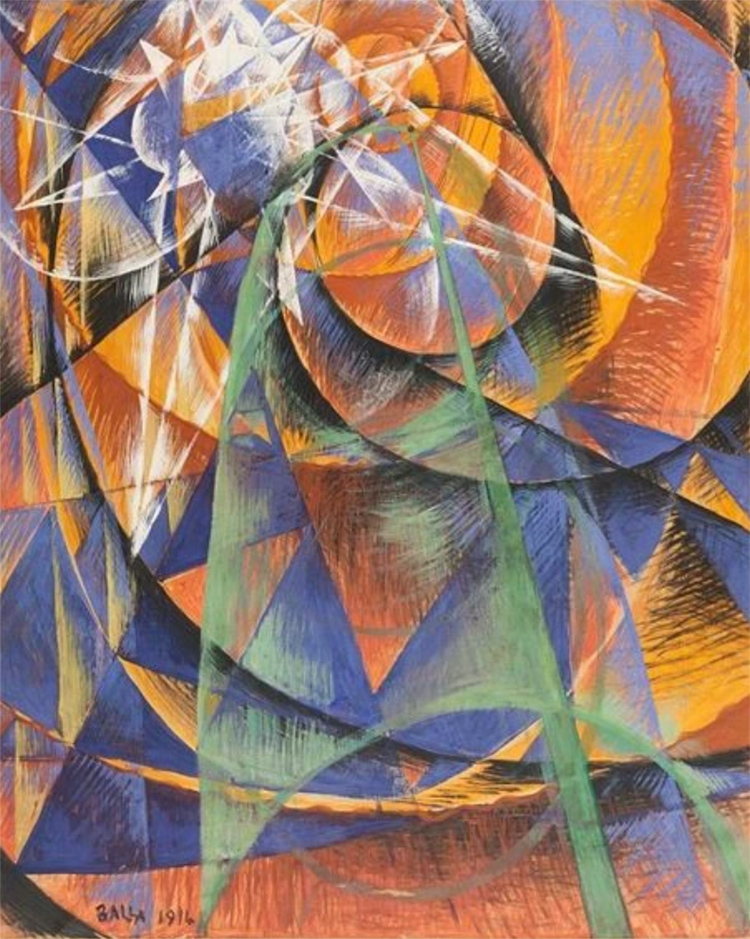
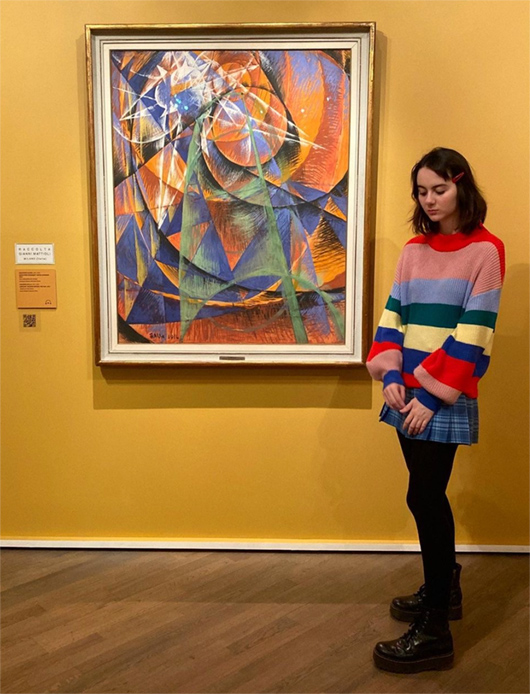
“I am the caffeine of Europe!”
—Marinetti
Today, it might sound like a naive dream of a random hooligan, but, with the radical atmosphere swirling around the early 20th century, the Futurists gained support in Italy and recognition abroad – especially in Russia.
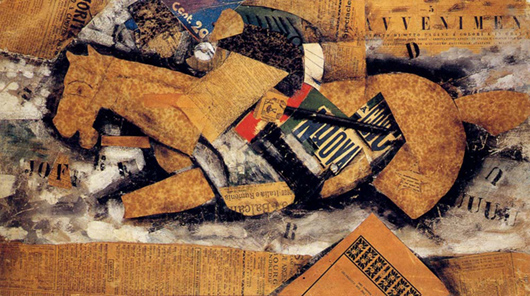
Talking about their works, the Futurist artists were aiming to depict the speed of the moment, noting that the past (and its stillness) was not worth being glorified. Everything is about the nü, out with the old; even pasta to the Futurists was considered obsolete.
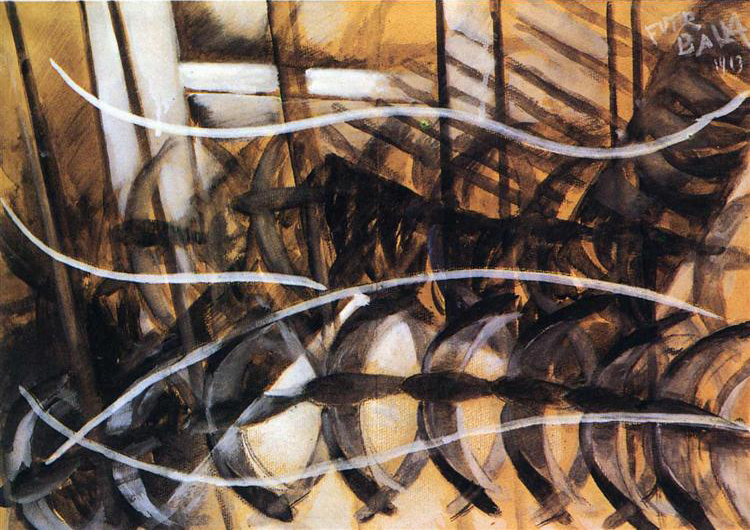
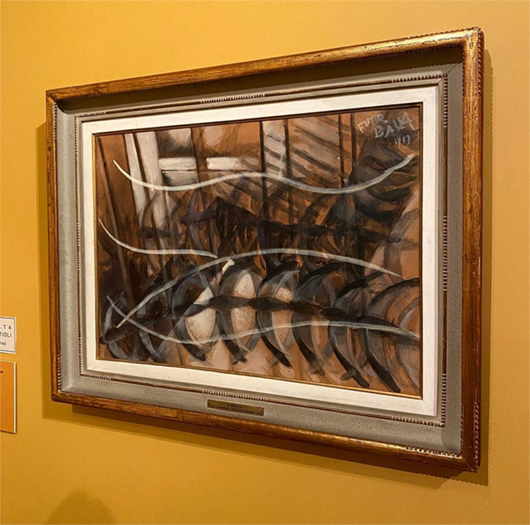
Some of the most famous paintings show us machines, vehicles and people in motion, creating a chaotic sequence in one frame at once.
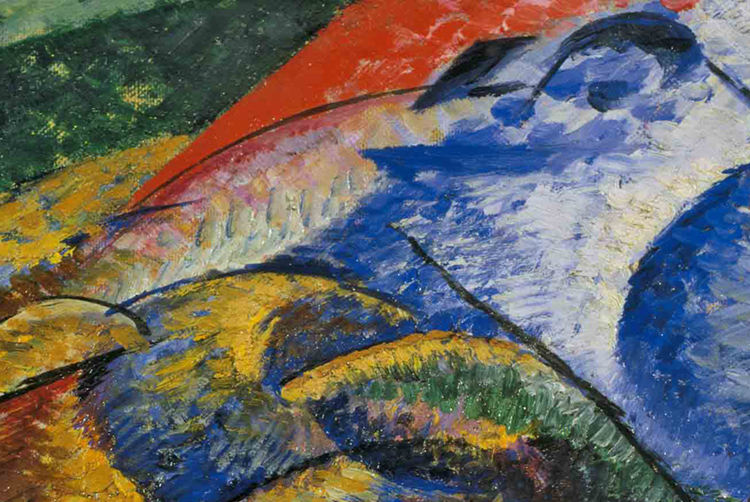
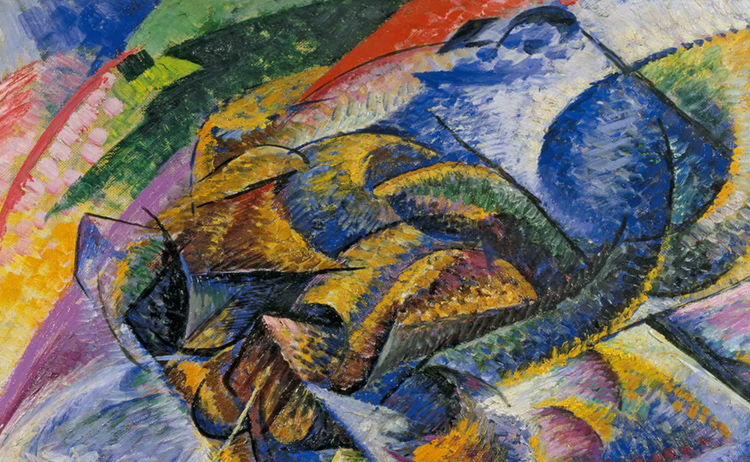
The brushstrokes are aggressive and fast, just like Marinetti’s squad of war–glorifying artists.
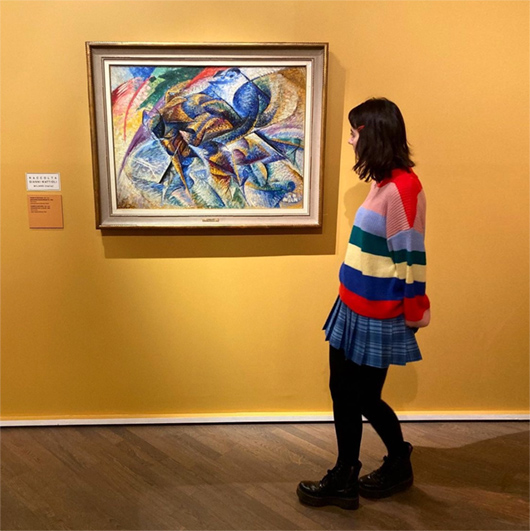
“We want to sing the love of danger, the habit of energy and rashness!”
—Fondazione e manifesto del futurismo, 1909

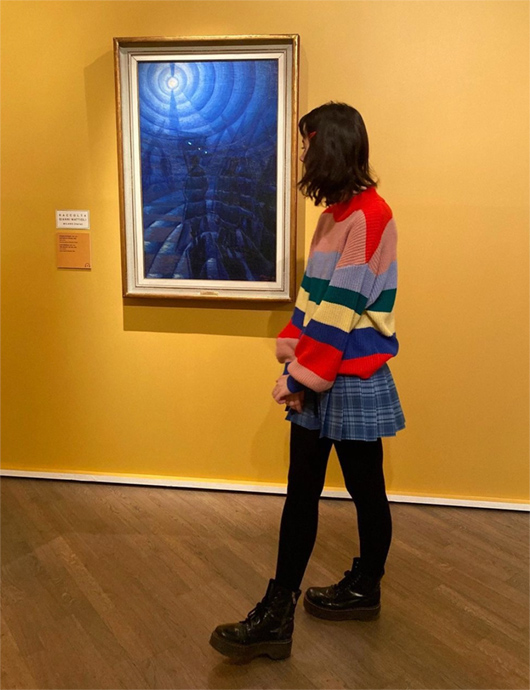
Many see the roots of Fascism coming from the Futurist movement, Benito Mussolini (1883–1945) even tried to make it the official art-style of the Italian state.
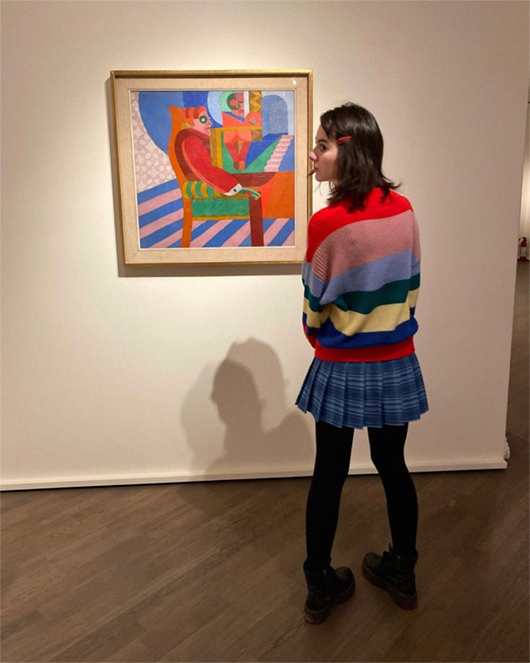
And I absolutely do NOT support their ideals, and it makes me sad how such talented people would dedicate their creativity and masterfulness to building something so evil and rotten.
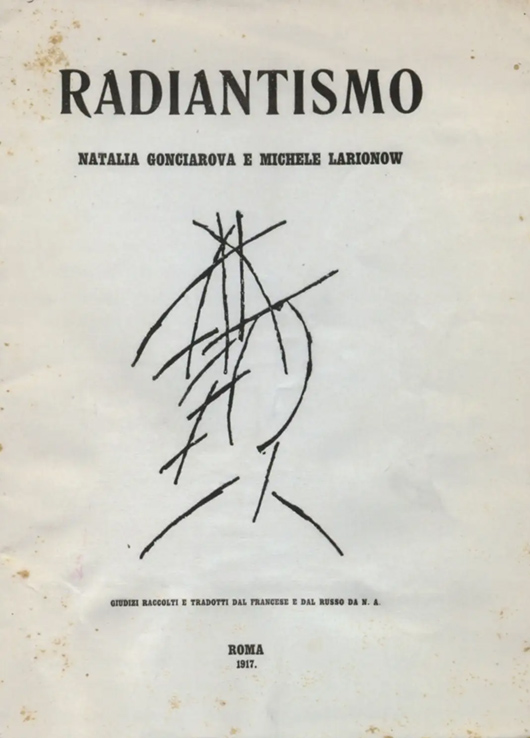
In school, I used to read books without considering when and by whom the works I was studying were created for the most part, but now it feels like one is completing a puzzle once you find details below the surface.
No matter what anyone says, art does have a big influence, in the end.
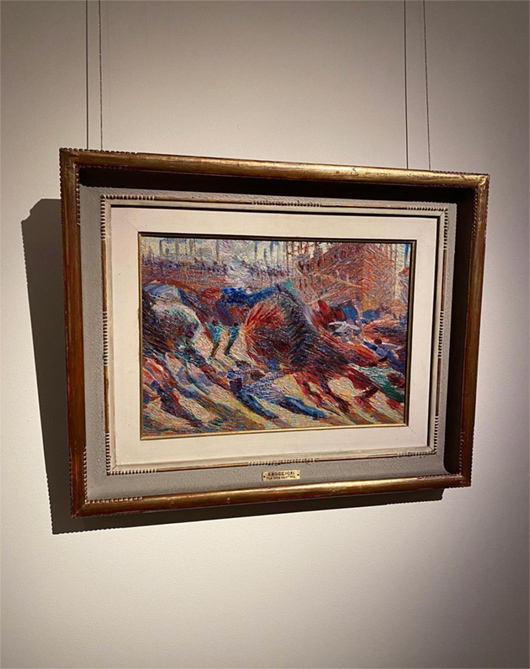
What do you think once you know more about artists after seeing their works?
—purplesfinx
Flommist Veronika Vezirova, a.k.a. Purplesfinx, is an illustrator and graphic designer based in Barcelona. Inspired by culture of all kinds, she writes on topics that include art history, creativity and folklore. Her other works include manga and psychedelic poetry. Copyright © 2022,23 Veronika Vezirova. Art photographed at the State Museum of Fine Arts (Pushkin Museum of Fine Arts), Moscow, January 2022.
PLEASE SUPPORT FLOMM
TIPS + DONATIONS DISCREETLY ACCEPTED













